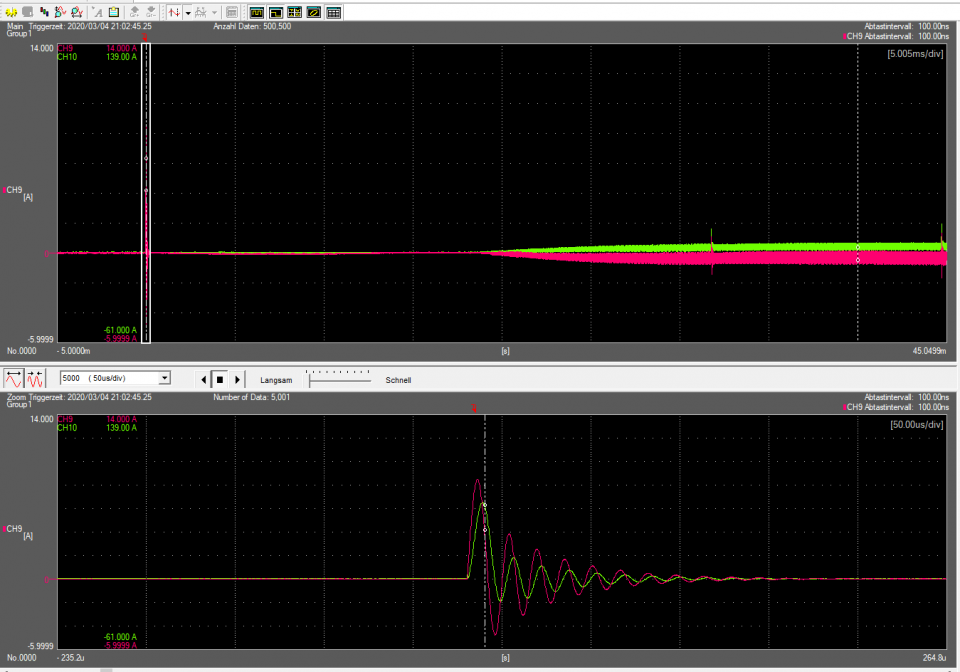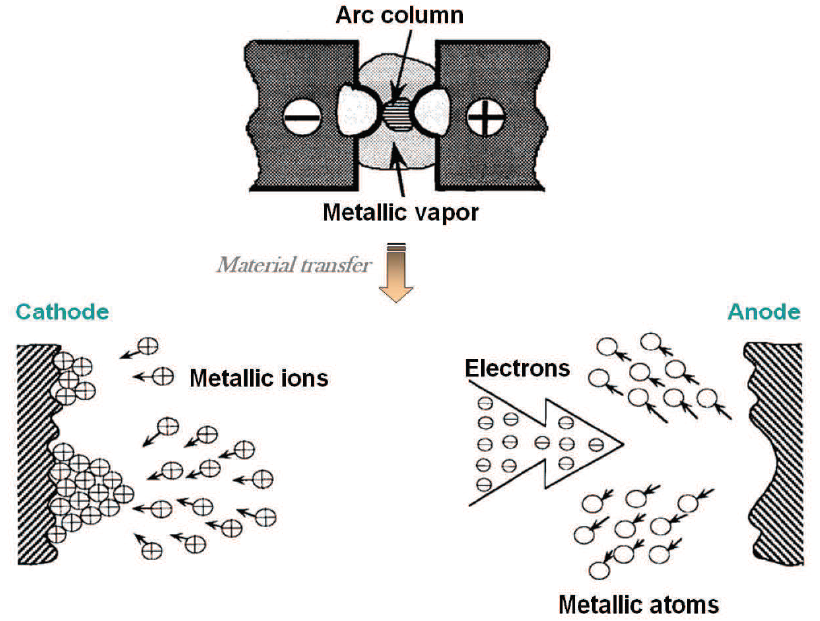Relays & Sticky Contacts
Relays & Sticky Contacts
The problem & challenge
In recent years more often relays are failing because of “sticking contacts”.
They are called sticking contacts because they are not welded, tapping the relay will release the contacts.
Examples of applications/Loads where this is noticed are:
- Electronics
- LED
- Modern contactors with energy saving control
These are all applications where a high, short duration inrush peak occurs during closing of the contacts.
The reason that in this kind of applications problems occur is that they are application without “specific-attention” when system-energy-reduction is done.
- More electronics without knowing the properties of input-filters
- Changing bulb or tube lighting into LED lighting
- Use of modern low energy consumption contactors.
Example of switching contactor:
Power consumption during pull-in : 400W.
Power consumption after closing : 2W
Measured peak current 80A, during few µs
Similar values have been measured when switching LED lighting.
The Cause
During the short duration current peak, material transfer takes place by moving ions from the anode to the cathode.
See picture below.

This material transfer creates a pip on the cathode and a crater on the anode.
When the pip and crater are sufficiently big, contact sticking can occur because of the extreme rough contact surfaces.
Note that this is not contact welding caused by long duration overheating of contacts!
Solution
.jpg)
The best solution is to use hard contact material. This reduces the material transfer.
For Mors Smitt relays SilverTinOxide contacts are the right solution.
In the D, D-U200 and D-U200N-series : option M
Note that the minimum contact current of SilverTinOxide contacts is 100mA for long reliable contact life.
For applications with a monitoring contact option E1M3 is available with 1 gold plated monitoring contact (only for D and D-U200N series).
For the series A, B and C series : AK, BK and CK are available
Literature:
| Volker Behrens [Doduco] : Contact Materials for Electromechanical Devices – Established Technologies and Improvements to Face Future Requirements : ICEC 2021: Shifting or new requirements for switching devices due to changing electrical loads and requirements. There are different shifts in the application requirements for switching devices on hand. For most of them, only little is known up to now regarding the detailed load parameters and requirements. In addition, the performance and possible limitations of state-of-the-art Contact Materials in said applications are to be evaluated. a. LED loads Loads with LED lamps show increased inrush currents leading to higher sticking and welding probabilities of contacts. Details of LED loads in the field show substantial scatter and experience with Contact Materials in the market for these applications just started to rise [43]. Silver/metal oxide contact material with reduced welding forces could be advantageous. b. A demand for Contact Materials with improved anti-welding behavior could also rise for DC-DC power converters. c. The use of high-efficiency motors leads to increased inrush currents [44], and therefore could be advantageous for contact materials with reduced welding forces. Using electromechanical contactors combined with solid-state contactors or variable frequency drives leads to short arcing, especially with break. Thus the contact surface is affected differently compared to conventional motor loads. This difference in arc impact on the contact surface could lead to differences in surface microstructure evolution and could foster Contact Material optimization. On the other hand, Contact Material erosion could be reduced substantially leading to reduced contact material volumes for these applications. |
